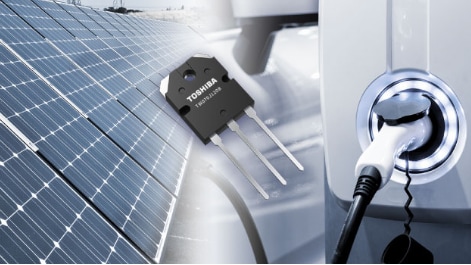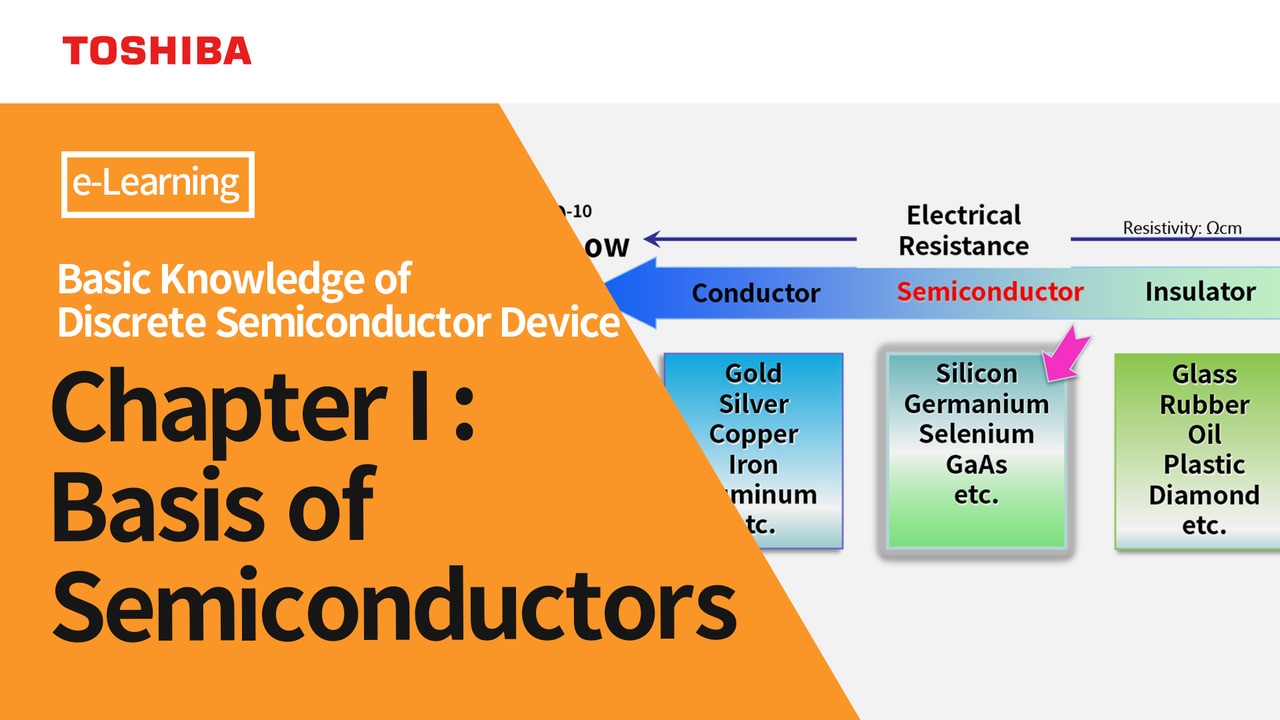-
My ToshibaSemicon
- 반도체 탑
-
애플리케이션Automotive
Body Electronics
xEV
In-Vehicle Infotainment
Advanced Driver-Assistance Systems (ADAS)
Chassis
IndustrialInfrastructure
BEMS/HEMS
Factory Automation
Commercial Equipment
Consumer/PersonalIoT Equipment
Healthcare
Wearable Device
Mobile
Computer Peripherals
-
제품자동차 디바이스
Discrete Semiconductor
다이오드
트랜지스터
로직 IC
Analog Devices
Digital Devices
Wireless Devices
※
: Products list (parametric search)
파워반도체※
: Products list (parametric search)
Isolators/Solid State RelaysPhotocouplers
Digital Isolators
Solid State Relays
Fiber Optic Transmitting Modules
※
: Products list (parametric search)
MOSFETsIGBTs/IEGTs바이폴라 트랜지스터※
: Products list (parametric search)
다이오드※
: Products list (parametric search)
마이크로컨트롤러모터 드라이버 ICIntelligent Power ICs※
: Products list (parametric search)
전원관리IC리니어 IC※
: Products list (parametric search)
범용로직IC리니어 이미지 센서기타 제품용 IC기타 제품용 IC
※
: Products list (parametric search)
-
개발/설계 지원
-
기술 자료
- 구매처
- 부품 번호 & 키워드 검색
- 상호 참조 검색
- 파라미터 검색
- 재고 확인 및 구매
This webpage doesn't work with Internet Explorer. Please use the latest version of Google Chrome, Microsoft Edge, Mozilla Firefox or Safari.
3글자 이상 입력하세요. Search for multiple part numbers fromhere.
The information presented in this cross reference is based on TOSHIBA's selection criteria and should be treated as a suggestion only. Please carefully review the latest versions of all relevant information on the TOSHIBA products, including without limitation data sheets and validate all operating parameters of the TOSHIBA products to ensure that the suggested TOSHIBA products are truly compatible with your design and application.Please note that this cross reference is based on TOSHIBA's estimate of compatibility with other manufacturers' products, based on other manufacturers' published data, at the time the data was collected.TOSHIBA is not responsible for any incorrect or incomplete information. Information is subject to change at any time without notice.
3글자 이상 입력하세요.
Please give some application examples for IGBTs.
IGBTs (Insulated Gate Bipolar Transistors) are power semiconductor devices that utilize the advantages of MOSFETs and bipolar transistors (BJTs: Bipolar Junction Transistors). Taking advantage of their high voltage resistance and ability to handle large currents, IGBTs are widely used as switching elements in motor drives, UPS (Uninterruptible Power Supplies), IH (Induction Heating) cookers, etc. Specifically, they are used in a variety of power control applications, such as motor drives, inverters, voltage conversion (converters), power conversion, and resonant circuits, achieving highly efficient operation.

The main difference between the characteristics of IGBTs and MOSFETs is the voltage drop and switching speed when on. MOSFETs have low on-resistance in the low current region, but this on-resistance increases in the high voltage and high current regions. This is due to the effects of temperature rise, channel saturation, and parasitic resistance. On the other hand, even if IGBTs are made to withstand high voltages, the on-resistance is low due to the conductivity modulation effect, allowing for high current density. This effect is even more pronounced in the high current region, and the on-resistance tends to decrease even further.
Due to the above characteristics, IGBTs are suitable for high voltage and large current applications because they can reduce on-resistance due to the conductivity modulation effect even when the voltage is high. In terms of switching speed, IGBTs are inferior to MOSFETs. Due to these features, IGBTs and MOSFETs do not compete as power devices, but rather complement each other. IGBTs are used for high voltage and high current applications, and MOSFETs are used for high-speed switching applications.
Fig. 1 shows an example of a motor drive circuit. IGBTs are used as switching elements in inverter circuits (which convert DC to AC) and are used in a wide range of applications, from small to large motor drives. The IGBTs used in these inverters are used in home appliances such as air conditioners and refrigerators, industrial motors, and main motor controls for automobiles, achieving highly efficient operation.

An example of a UPS circuit is shown in Fig. 2. IGBTs are mainly used in medium to large capacity models of several kVA or more. They contribute to high efficiency and space saving.

Fig. 3 shows an example of an IH circuit. In IH, zero voltage switching (ZVS) or zero current switching (ZCS) is adopted by utilizing the LC resonance phenomenon to reduce switching loss. However, since the resonance voltage and resonance current are large, IGBTs are often used. This circuit configuration is also used in rice cookers, microwave ovens, etc.
Soft switching is also explained in the following FAQ:
Related Links
The following documents also contain related information.
파라미터 검색
IGBT/IEGT
자주 있는 문의
* Company names, product names, and service names used in this FAQ may be of their respective companies.



